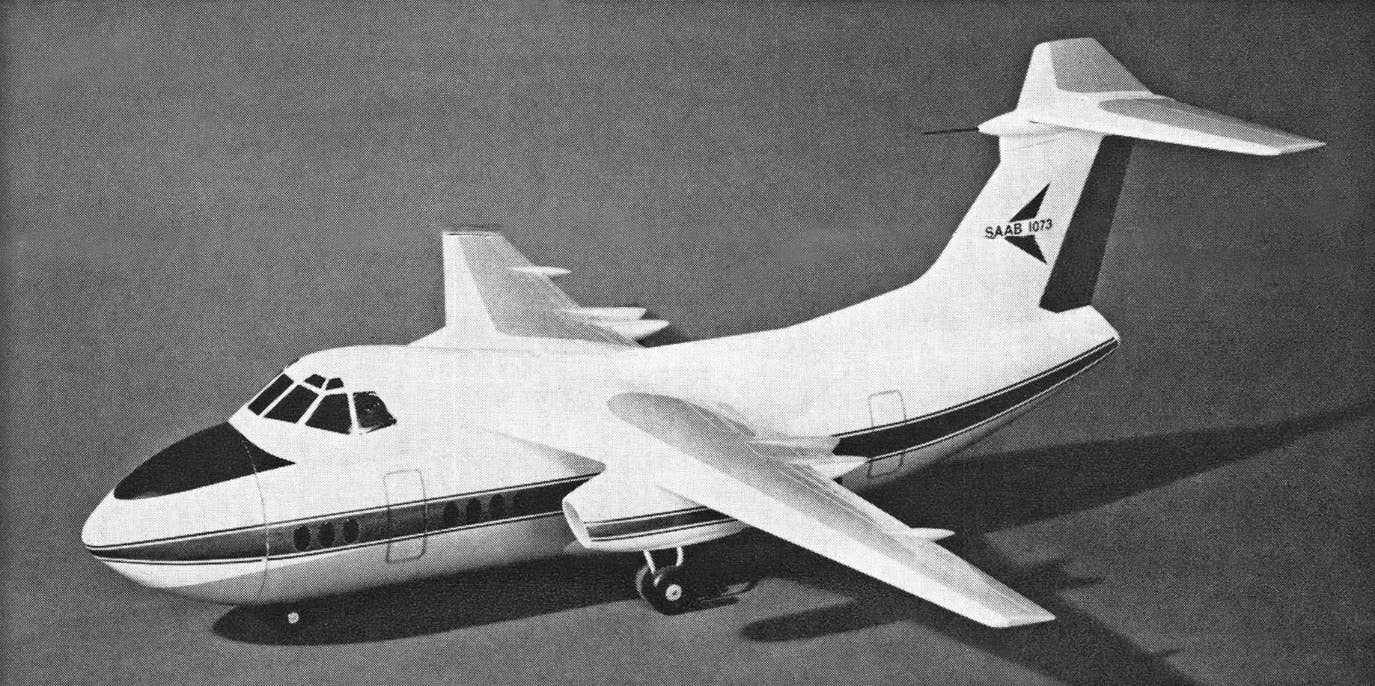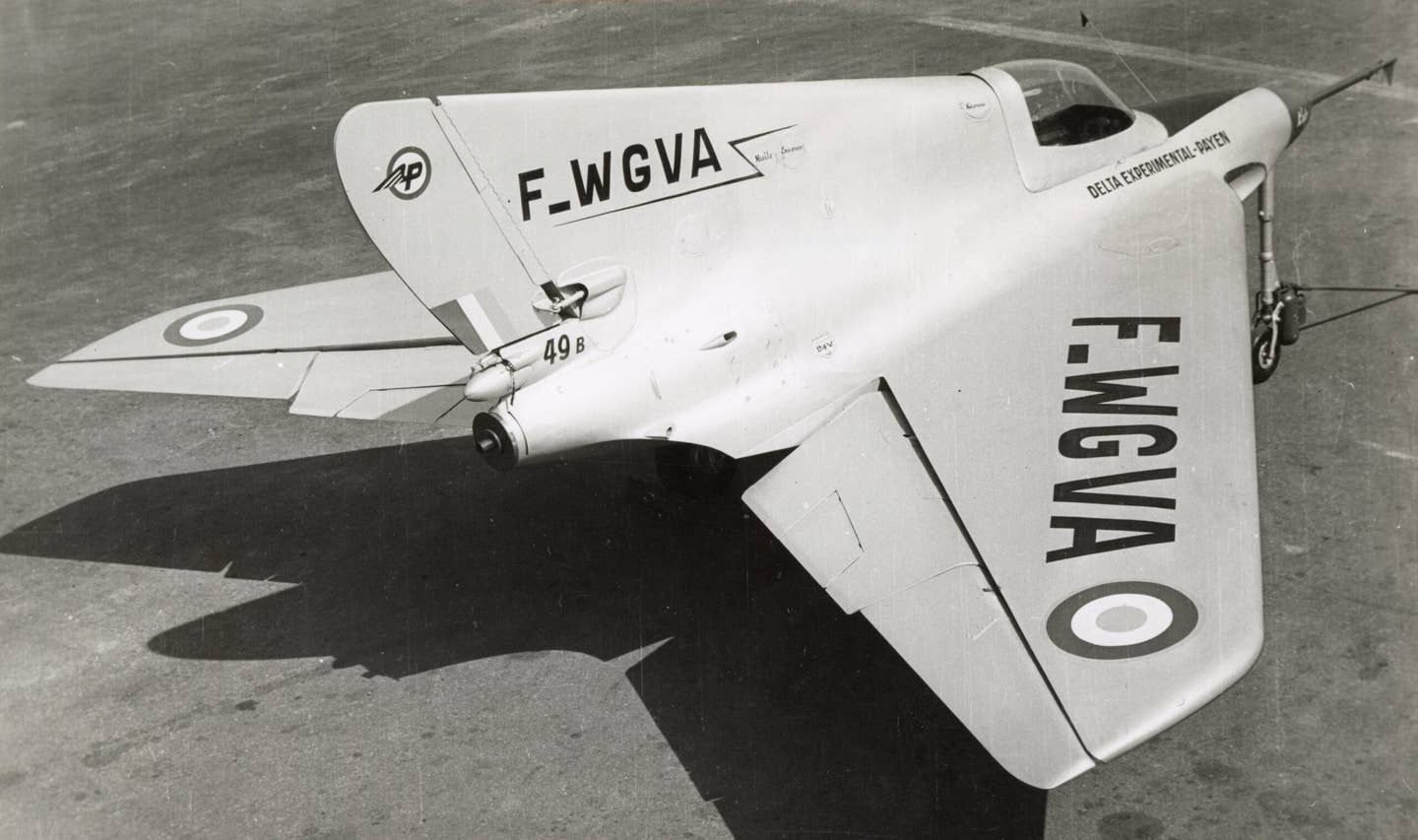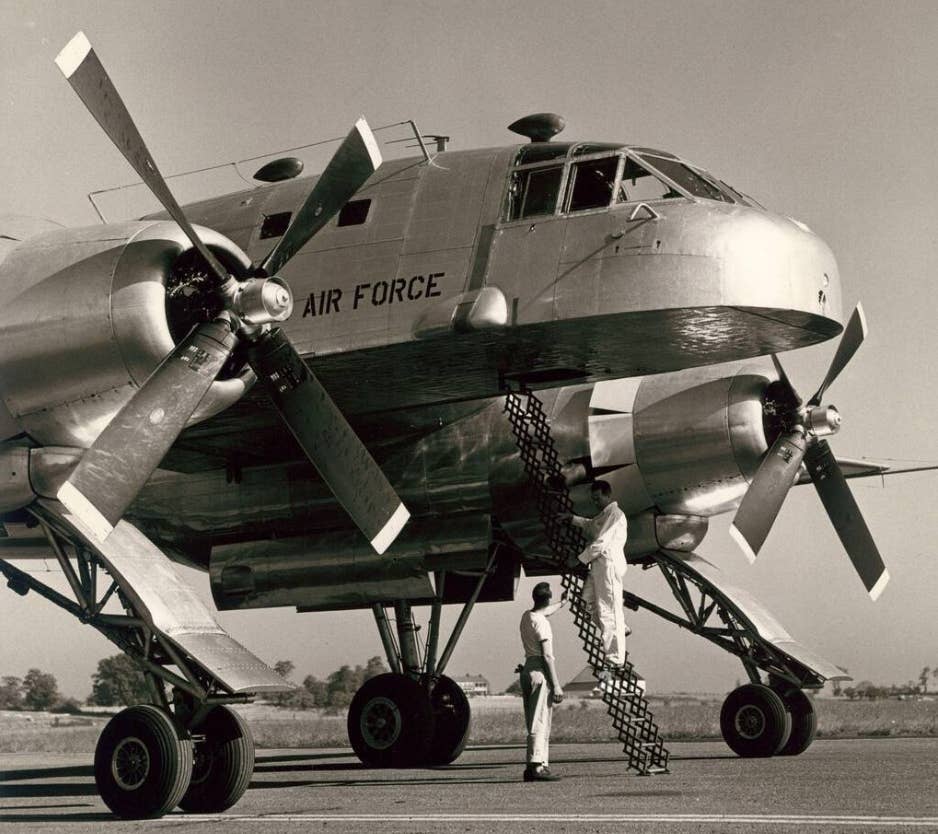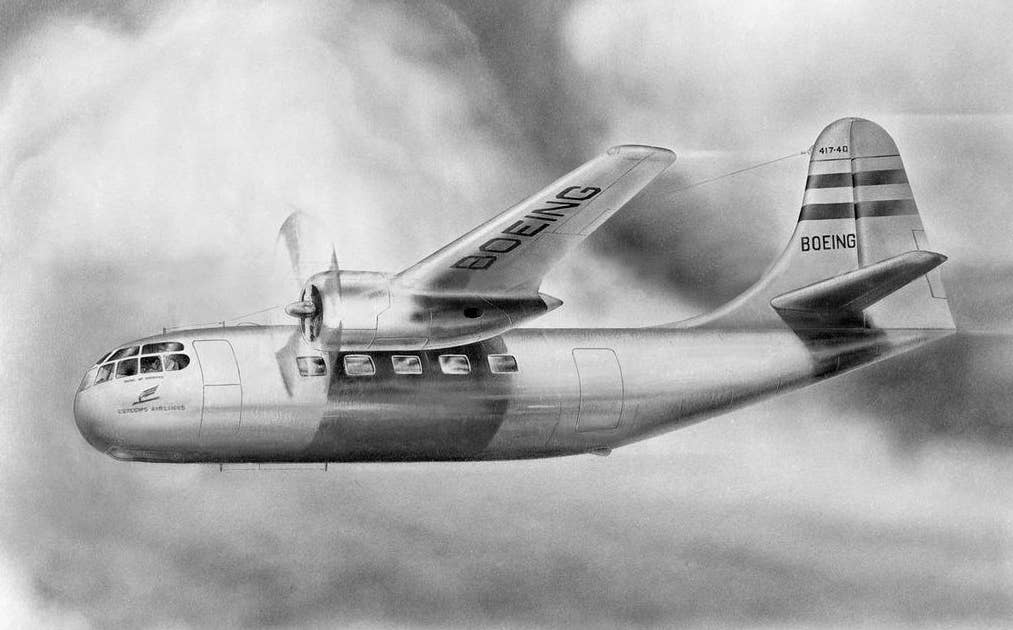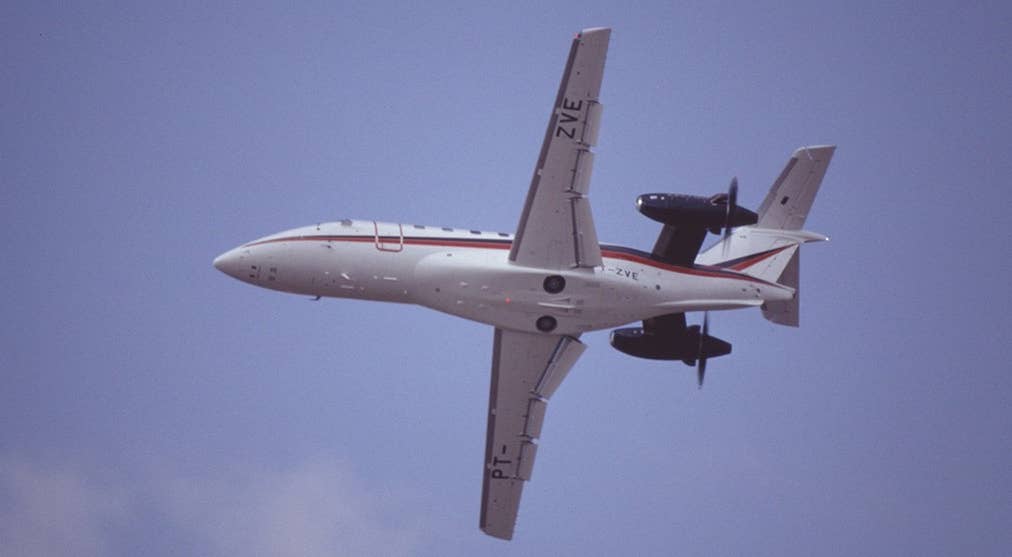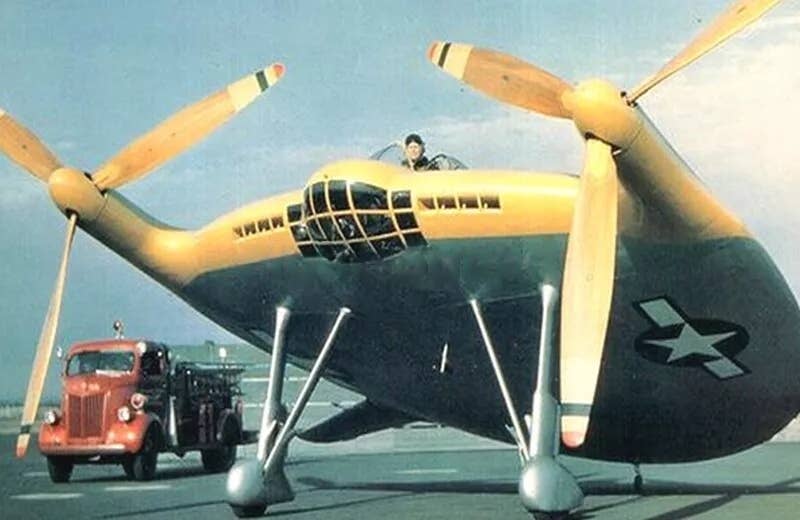The One, Brief Life of the Twin Cat
The aircraft was a modification of a 1950s-era Grumman Super Ag Cat biplane that replaced its single radial engine with two 310 hp Lycoming TIO-540 flat-6 engines.
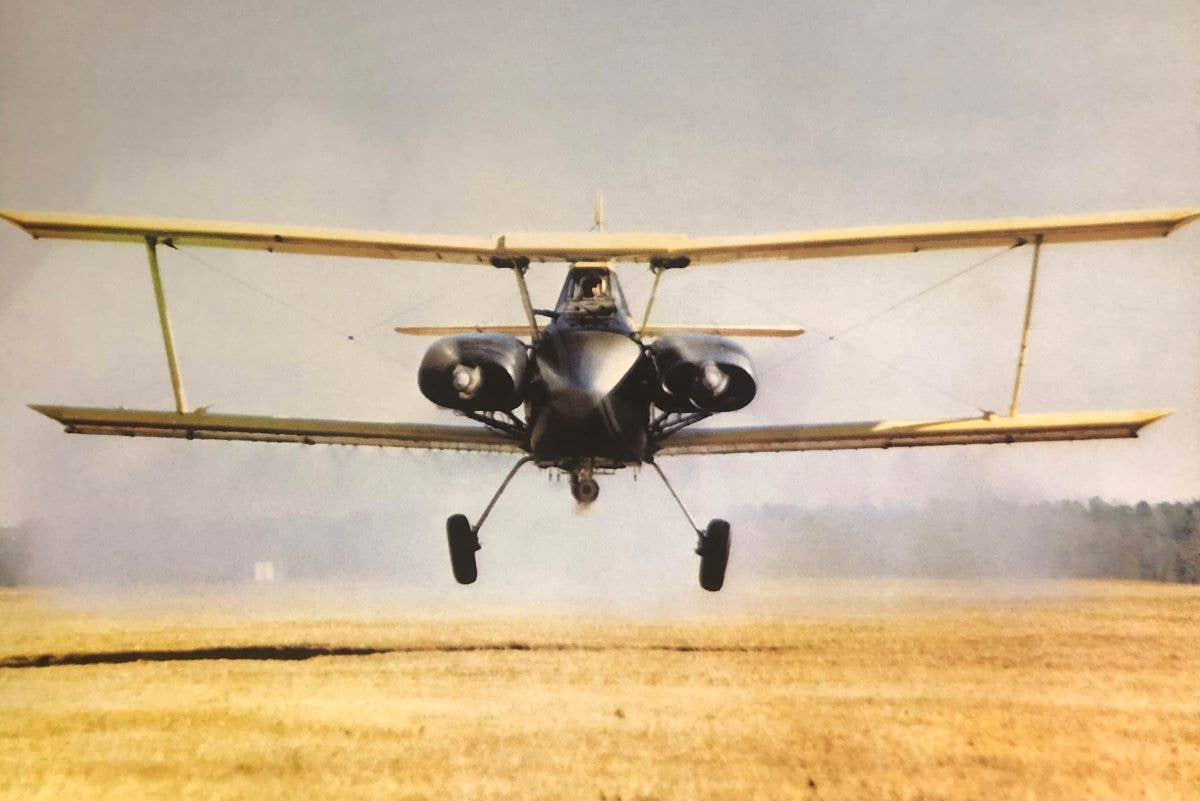
A photograph from a company brochure nicely illustrates the unique engine layout of the Twin Cat biplane. [Courtesy: Twin Cat Corporation]
Aerial application has historically involved creative solutions to address unique challenges. Whether the task at hand is crop spraying, pest control, or fire fighting, a multitude of capabilities are required to do the job safely and efficiently. Accordingly, the aircraft types utilized for these duties have evolved and adapted differently from most other categories of aviation.
The “Twin Cat” of the late 1970s and early ’80s was one such example. A development of the 1950s-era, purpose-built Grumman Super Ag Cat biplane, it replaced the Ag Cat’s single 600 hp Pratt & Whitney R-1340 radial engine with two 310 hp Lycoming TIO-540 flat-6 engines.
Rather than being offered as a complete, factory-built aircraft, the Twin Cat was a modification offered in the form of a supplemental type certificate (STC). The Twin Cat Corporation targeted Ag Cat operators wishing for more easily serviceable engines with increased overhaul intervals and multiengine redundancy, and the company offered to travel to the customer for on-site modification of their Ag Cats.
The company had some impressive experience at the helm. The president had overseen the development of a turboprop conversion of the Grumman Albatross and was assisted by the former chief test pilot at the general aviation division of Rockwell International. Most of the test flights were flown by Herman “Fish” Salmon, retired chief engineering test pilot of Lockheed. Salmon had conducted spin testing of the P-38 Lightning and had flown the first flights of the L-188 Electra, P-3 Orion, YF-104A Starfighter, and XFV-1 turboprop VTOL fighter.
When designing the Twin Cat, one of the top priorities was to minimize asymmetric thrust in the event of an engine failure. The team did so by utilizing an unconventional engine layout in which the engines were mounted on either side of the nose with only approximately 3.5 feet between the propeller tips. The engines were also canted slightly outward to further minimize the effects of asymmetric thrust during single-engine operations.
The company touted benefits beyond the engines’ 2,000-hour TBO and better parts availability. While the engines were rated at 310 hp each, a sales manager said in an industry presentation that they derated them “with a pencil” and that the full 350 hp was available if needed. The Twin Cat’s total fuel consumption was the same as that of the single-engine radial Ag Cat. They also claimed the new layout improved forward visibility, prop clearance, and spray dispersion.
When the time came for flight testing, the team got to see whether the new design could deliver the performance that backed up predictions. While the Twin Cat's empty weight was the same as the Ag Cat's, at 3,500 pounds, the maximum takeoff weight was 2,000 pounds higher, at 6,500 pounds. A load jettison function enabled the pilot to dump 2,000 pounds of payload if needed.
The new engine layout worked. With both engines operating, the Twin Cat’s takeoff distances were approximately 20 percent shorter than the Ag Cat. Asymmetric thrust was so effectively minimized that a sales manager claimed the Twin Cat could even take off with one engine shut down and then climb at 400 feet per minute at sea level. The company marketed this feature as a useful solution to ferry an aircraft with an inoperative engine to a location where maintenance could be performed.
In the air, the maximum cruising speed was 130 knots. By canting the engines slightly downward, the stall speed was remarkably low, at a claimed 49 knots for power-off stalls and 43 knots for power-on. A brochure claimed that the Twin Cat had “no VMC,” which would have enabled flight all the way down to stall speed without controllability concerns.
One account of the airplane’s flight characteristics suggests that it needed more refinement, however. It reportedly lacked any kind of rudder trim, and with an engine shut down, a pilot claimed he ran out of rudder and had to reduce power on the good engine to maintain control. It’s unclear whether the company planned to introduce rudder trim in future aircraft.
In the end, only three examples of the Twin Cat were rumored to have been completed and flown, and few photographs exist. One reportedly crashed, and the others presumably returned to their original single-engine configuration when the company decided against pursuing the concept any further.

Sign-up for newsletters & special offers!
Get the latest FLYING stories & special offers delivered directly to your inbox

